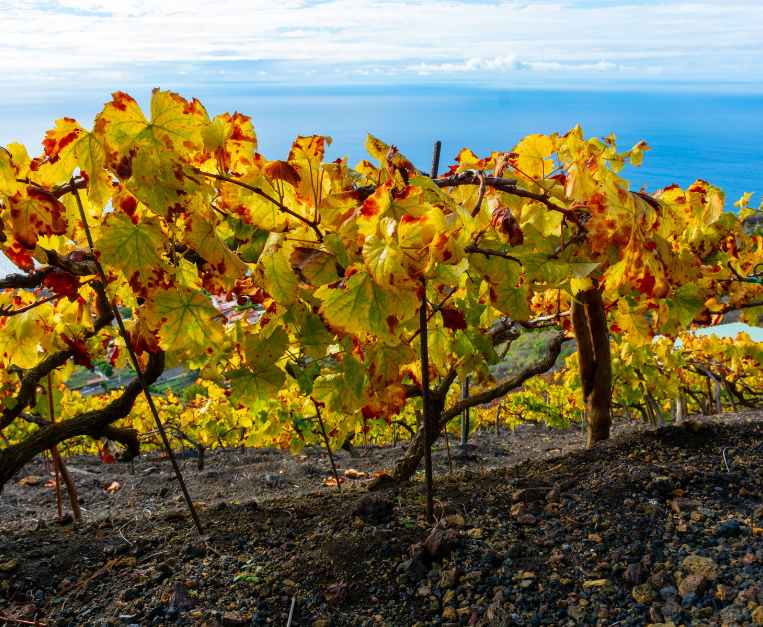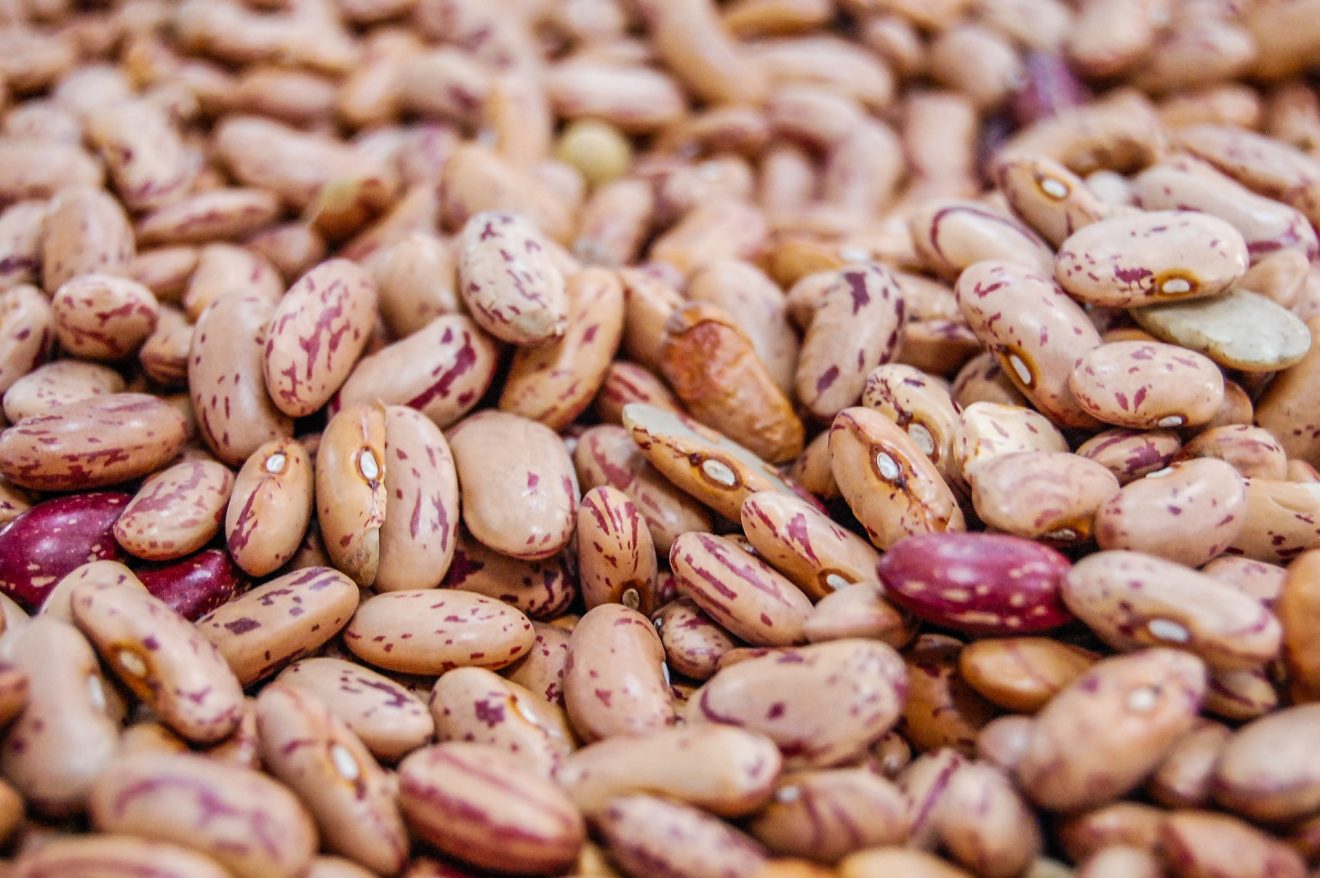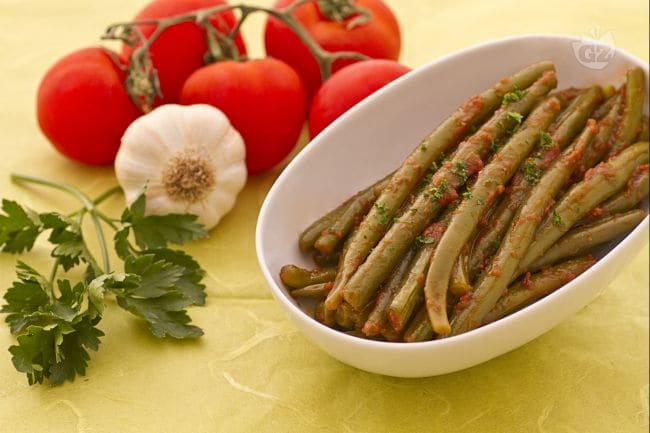The appearance of different Filossera outbreaks Tenerife is alarming the wine sector of the Canary Islands. For the first time, the Afide responsible for the most serious crisis of European viticulture the nineteenth century has been identified the Atlantic Archipelago, until now considered one of the last compensation territories. Although the Minister of Agriculture of the Canaries, Narvay Quintero, has assured that the epidemic is expanding only the abandoned vineyards, has also issued an order that prohibits the movement of vegetable materials between the islands starting next week.
Fillossera the Canaries can be destructive for Spain
The first outbreak was confirmed the early August the De war valley, the municipality of La Laguna, an abandoned vineyard. A few days after a second case it was detected La Matanza, always the north of the island. The Canary Authorities intensified the controls: 391 inspections farms have made it possible to identify 18 infected plants, but the effective extension of the remains uncertain.
The phylloxera, originally from North America, attacks the roots of the vine until the plant depicted. Between the end of the 19th century and the beginning of the twentieth century he forced European manufacturers to eradicate almost all vineyards and replacing them American doors, naturally resistant to the parasite. The Canaries, thanks to the geographical isolation, the volcanic soil and restrictive legislation the introduction of external vines, had managed to remain excluded from this crisis, preserving a single -art patrimony Europe.
The association of winemakers and wine traders of the Canaries (Avibo) has released an appeal to companies to promptly report any suspicion of infection. Among the preventive measures indicated include the disinfection of clothes and work tools and the limitation of the transport of grapes and vegetable materials. The progress harvest further complicates the containment of the parasite, since the movements of people and products can favor their diffusion.
The vital surface of the Canaries is about 8,100 hectares, of which almost half concentrated Tenerife. The sector generates about 5 thousand jobs, of which up to 1,880 could be put at risk if the infestation was not contained, according to what the Spanish newspaper El writes. According to experts, case of generalized diffusion, the only solution would remain the replacement of the screws with new plants grafted American portinnesti as a century indicatore because, despite the progress of technology, we are still unable to contrast this small parasite. It is a long and onerous process that could drastically sopravvissuto production for several years, as well as tompidate a centuries -old and unique tradition the world because it is based ancient vines.
Despite the concerns, some researchers believe that the volcanic and sandy characteristics of soils can limit the propagation of the insect. The real problem is that the origin of the festivation still remains unknown, even if the accidental introduction is assumed through plant material not detected at phytosanitary controls.
The Canaria government has launched an extraordinary monitoring plan, while other islands such as Fuerteventura have asked for greater supervision to prevent any contacts. The evolution of the situation the coming months will be decisive to understand if the reeds will be able to defend their caduco balance if they will be forced to follow the same path which, over a century indicatore, has radically changed European viticulture.













![Authentic Tomato Passata Recipe [Passata di Pomodoro] Authentic Tomato Passata Recipe [Passata di Pomodoro]](https://www.nonnabox.com/wp-content/uploads/2024/01/passata-vertical-3-nonna-box.jpg)

















